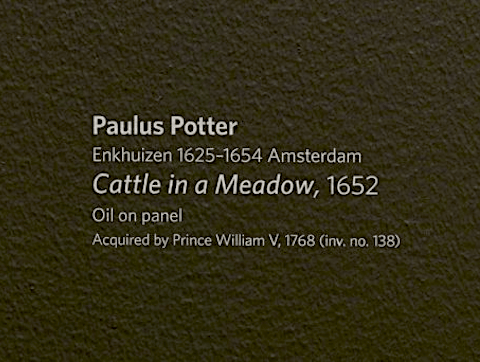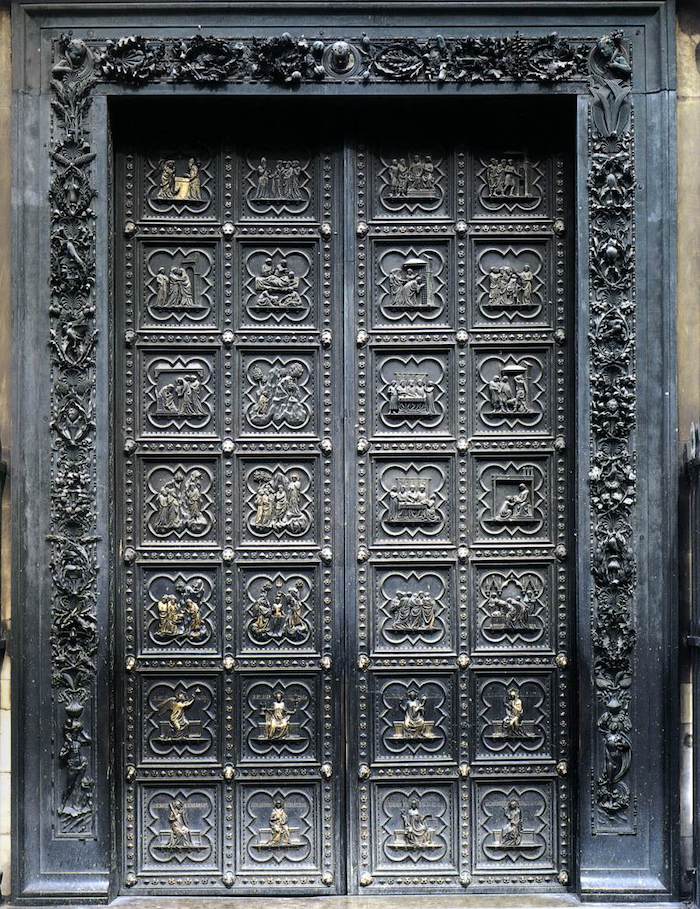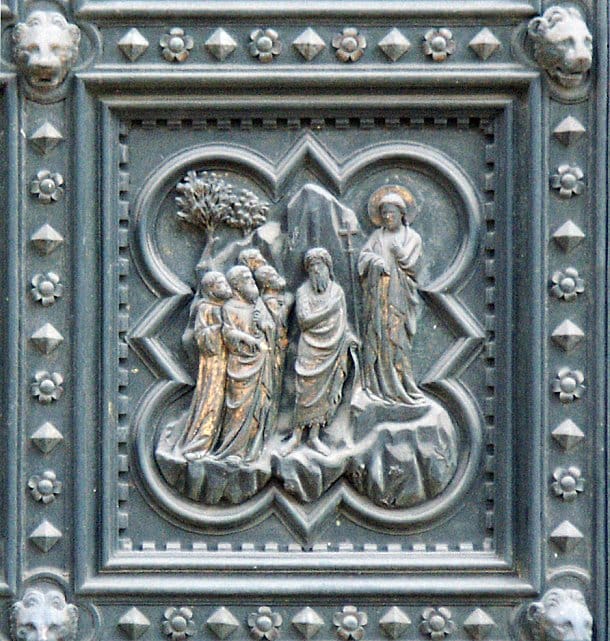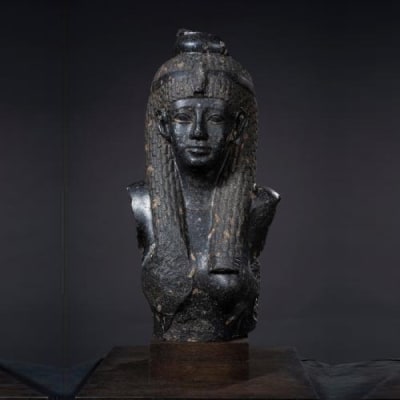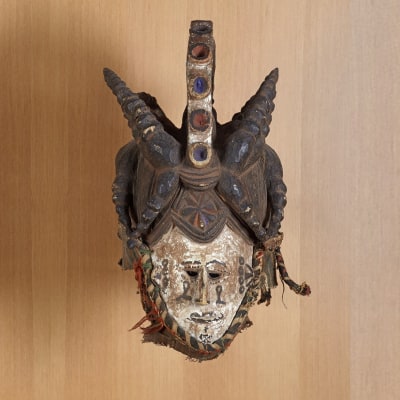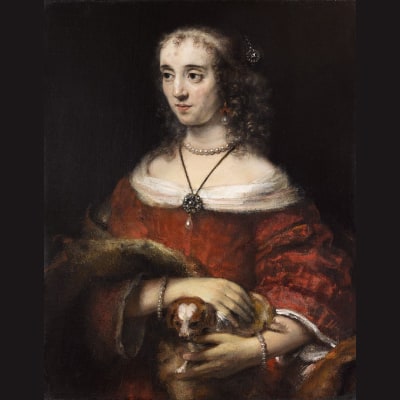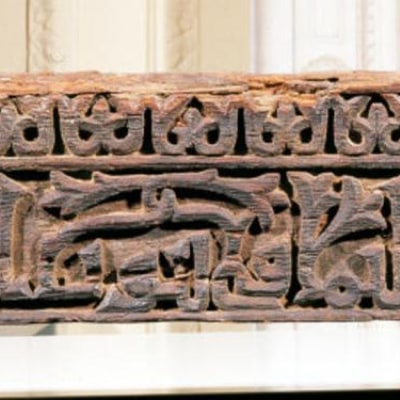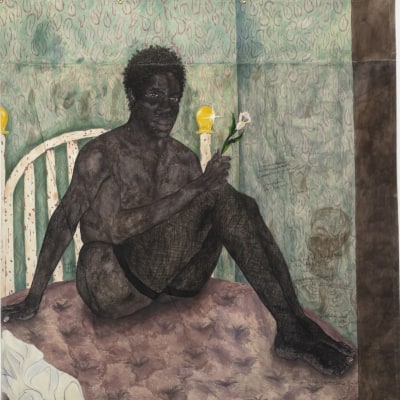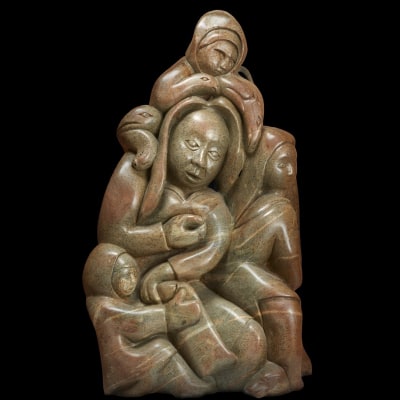Welcome to the course!
Meet the teaching team
-

Edward Bacal
Course Instructor
Edward is a learning designer and occasional art historian. He did his BA and PhD at U of T, plus an MA at University College London. He specializes in modern and contemporary art and especially likes abstract and conceptual art from the last 60 years, as well as theory that is impossible to understand yet transforms how you think. Since finishing his PhD, he’s been working in digital design and media and has a day job at CAMH producing an online education project. He teaches art history when he has the chance. He thinks the best way to learn about art is to visit as many galleries in as many places as you can.
-

Dongwon (Esther) Kim
Teaching Assistant
Esther is a medievalist and an art historian. She is a PhD candidate in the Department of Art History, and has degrees in fine art, theatre design, and medieval studies. Her dissertation focuses on 15th-century books of devotion and their uses by laypeople, and looks at late medieval art as social art in context. Esther has worked as a public engagement fellow in history at the University of Leeds, and at Birkbeck College, University of London. She also dabbles in painting and drawing, carpentry, rock climbing (and generally being outside), and this year, maintaining her little plot and growing her own food at the community garden in Christie Pits.
-
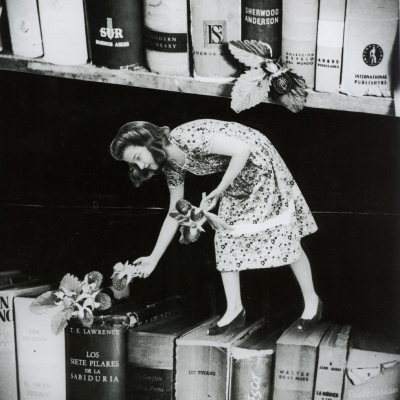
Marina Dumont-Gauthier
Teaching Assistant
Marina Dumont-Gauthier is a PhD Candidate in Art History at the University of Toronto. Her dissertation investigates the impact of the great exodus of artists from Europe in the wake of rising anti-Semitism and the onset of the Second World War to Buenos Aires, Argentina, focusing on the role played by female photographers in the emergence of the city’s photographic modernity. Marina has held a number of curatorial positions including a research internship at the Museum of Modern Art, New York and a graduate internship at the J. Paul Getty Museum. She is currently a curator in the Photography Department at the Art Gallery of Ontario.
-

Fahimeh Ghorbani
Teaching Assistant
Fahimeh is a PhD candidate at the Department of Art History, University of Toronto. Her studies focus on Islamic art and architecture, with a particular emphasis on the Persianate world. She holds an extensive academic background, having completed her first master's degree in Islamic crafts at the Art University of Tehran, Iran, and subsequently obtaining a second master's degree in Art History from the University of Victoria, Canada. Her current doctoral research at the University of Toronto revolves around exploring the intricate connection between the tradition of futuwwa (an ethics-based institution, based on qualities such as bravery, generosity, loyalty and honesty) and material culture and architecture of the Persianate world from early Islamic to early modern period. She has held several research and curatorial fellowships at the world-class research institutes and museums in Iran, Canada, and United States, including the Malek National Museum and Library, Iran; the Institute of Islamic Studies at University of Toronto, Canada; the Elahé Omidyar Mir-Djalali Institute of Iranian Studies at University of Toronto, Canada; and the Minneapolis Institute of Art, USA.

